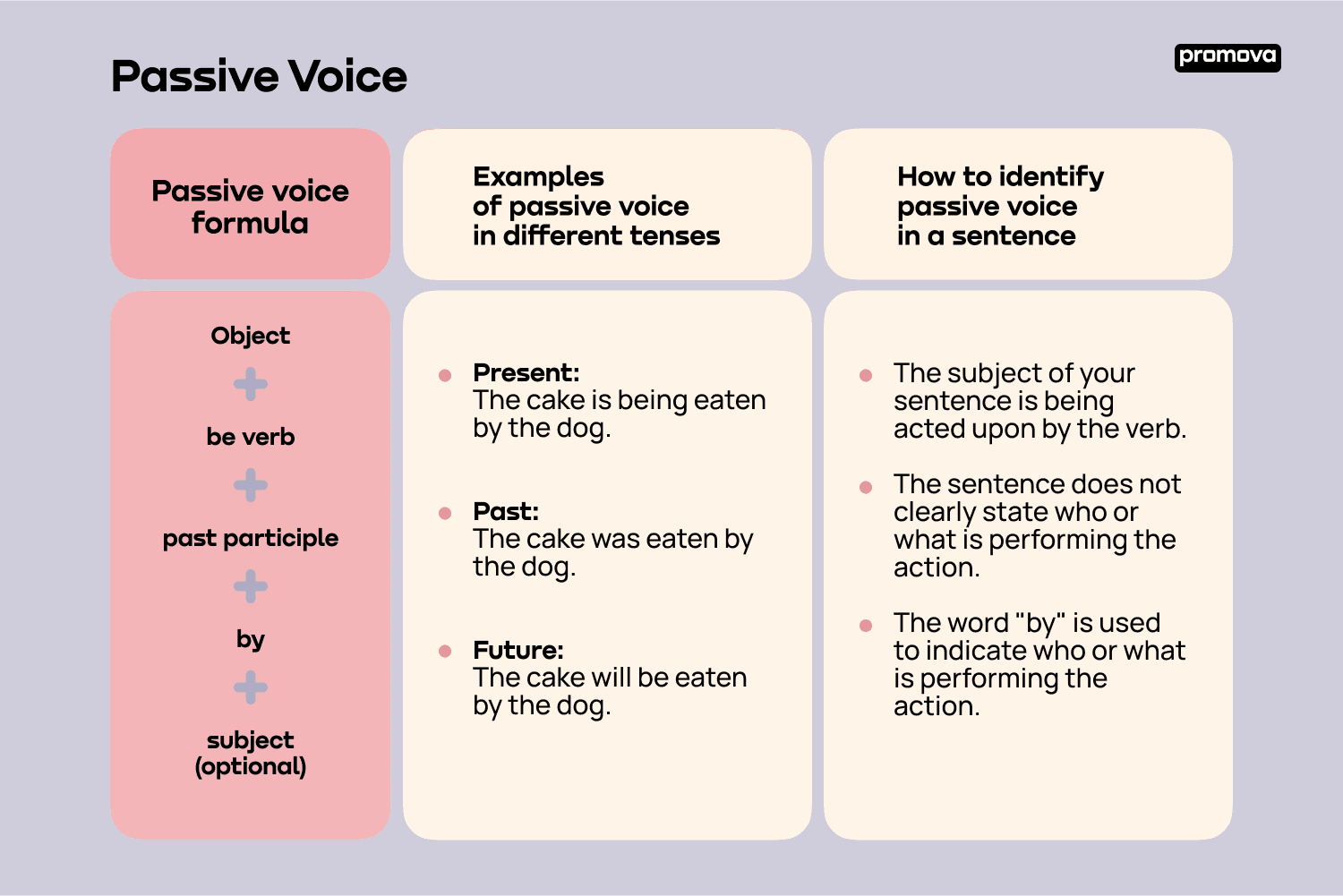When it comes to writing, one of the most common techniques used is passive voice. Passive voice is a grammatical construction in which the subject of the sentence receives the action rather than performing it. While active voice is often preferred for its clarity and directness, passive voice can also be useful in certain situations.
Many writers tend to avoid using passive voice in their writing because it can sometimes make sentences sound awkward or unclear. However, when used effectively, passive voice can help create a more formal tone or emphasize the action rather than the subject. Understanding when and how to use passive voice can greatly enhance the quality of your writing.
Passive Voice in Writing
One of the main benefits of using passive voice in writing is that it allows you to focus on the action being performed rather than the person or thing doing the action. This can be particularly useful when the subject is unknown or unimportant, or when you want to emphasize the action itself. For example, “The report was submitted by the deadline” puts the focus on the action of submitting the report rather than the person who submitted it.
Passive voice can also be used to create a more formal tone in your writing. In academic or professional writing, passive voice is often preferred because it can make the writing sound more objective and less personal. It can help distance the writer from the information being presented, which can be beneficial in certain contexts.
However, it is important to use passive voice judiciously and not overdo it. Overusing passive voice can make your writing sound wordy or convoluted, and it can also make it harder for the reader to follow the flow of your argument. It is important to strike a balance between active and passive voice in order to maintain clarity and coherence in your writing.
In conclusion, passive voice can be a valuable tool in writing when used appropriately. It can help shift the focus of the sentence, create a more formal tone, and emphasize the action rather than the subject. By understanding the nuances of passive voice and knowing when to use it, you can improve the quality and effectiveness of your writing.
